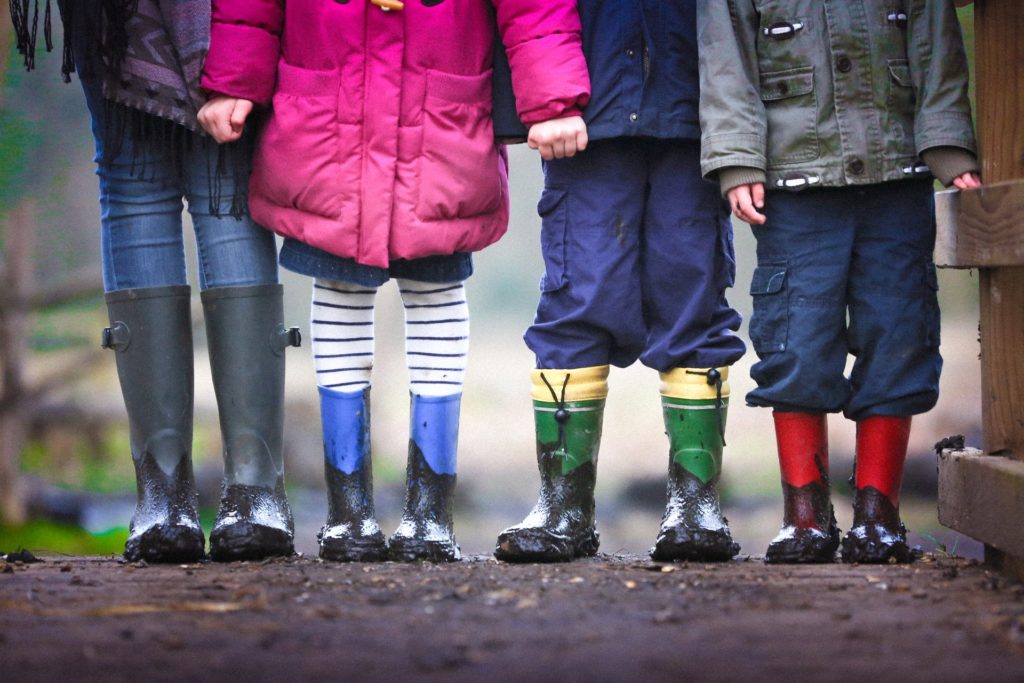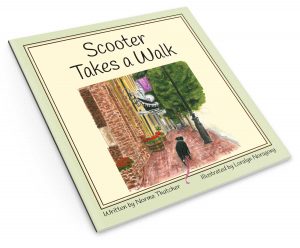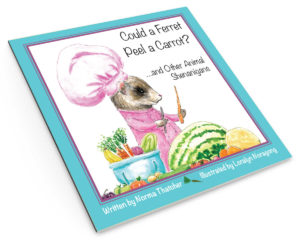
“Go outside and play!” was an admonition we heard when, as children, we were making nuisances of ourselves to our mothers.
I actually did play outside most of the time, and it’s likely that many other baby boomers did as well.
The weeping willow tree in Grandma Elizabeth’s backyard with its soft, rounded, drooping branches hanging nearly to the ground offered many make-believe opportunities for me.
Roller skating at the school playground, bicycling around our small town, and creating “play homes” in outdoor work sheds took up much of my typical childhood day.
My own children had the good fortune of living in the country with wide-open spaces to roam and explore.
I worry about today’s children and the impact of electronics that keep them inside and glued to screens instead of jumping into piles of leaves, rolling in the snow, or lying in the grass looking Heavenward trying to find shapes in the sky’s cloud formations.
But I recently learned of something that gives me hope.
My friend Ellen has a grandson who attends a nature preschool here in Virginia. I hadn’t known such a program existed, but they’re a popular and growing segment of early childhood education. In 2017, there were an estimated 275 programs in the United States. By 2020, that number had doubled.
Such schools might be referred to as: place-based school, nature-based preschool, forest kindergarten, forest school, nature kindergarten, or outdoor preschool. But collectively they can be called “nature preschools.”
The young children learn what regular preschools teach, but a majority of each day is spent outside. And not just on “nice” days. Indeed, the four states with the highest number of nature preschools include Oregon, Washington, and Minnesota. None of these states can boast of outstandingly great weather during much of the school year term.
Kit Harrington, co-director of Fiddleheads Forest School at the University of Washington Botanic Gardens in Seattle, Washington, offers this observation: “More than seeking to simply memorize facts and impart information, we ask questions, we wonder, we observe. And what we learn, what we develop in spending as much time as we do with children and with the earth, is a deep and meaningful connection to place.”
Yes, let’s go outside and play.
~~~~~~~
Short video of the benefits of outdoor preschools
A heartwarming article on the magic of outdoor fairy villages




What a wonderful concept. Would that all parents would participate in something so “original”.
Maine also has these programs. It’s a wonderful idea!
I am actually glad there were not the electronics of today when I was growing up.
My grandchildren are only allowed limited “screen time”. My son and daughter are very strict about this. They spend many hours outside.
Our daughter Jen’s two children attended Hartley Preschool in Duluth MInnesota. When we visited our family, I always joined in the fun of seeing what adventures lay ahead for the kids each pre-school day.
Definitely Norma we grew up in the same generation and manor. You didn’t have to come in until it was getting dark. We rode bikes, sled down our big hill, we played and romped in the woods, we just had fun and great friends!!!!!
You are right about the children today. It seems that every child has a iPad or some game in their hands. It is sad!
At least once a week I say, I wish this is the world I grew up in. Now fear has been replacing our freedoms. We pray for a better day!!!!!!!!
I also heard, “Go outside & play! Be home before dark!” My children were raised on a farm & loved being outdoors near the barn/horses, around our pets. Played in all kinds of weather. A good life. This was lovely to read.
Sylvia, thanks for commenting. I love finding kindred spirits in my 70s!